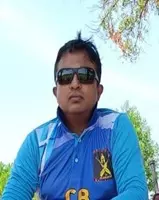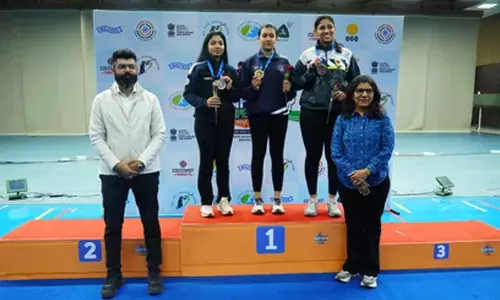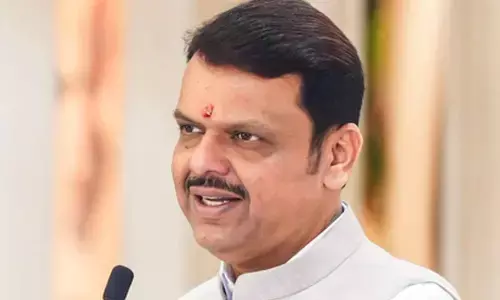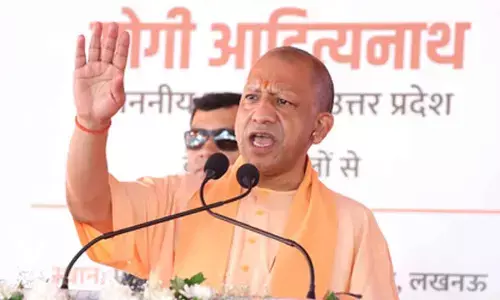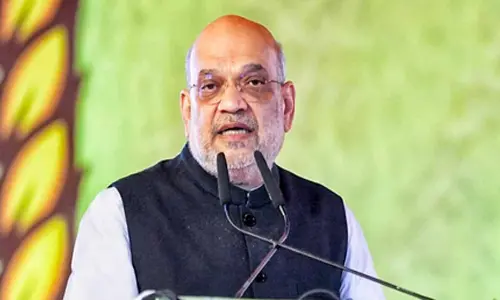4000-yr-old Neolithic grooves found in Mahbubnagar

Grooves of the Neolithic period at Basvaipalli village in Devakonda mandal of Mahbubnagar district
Grooves of the Neolithic period were found at Basvaipalli village in Devakonda mandal of Mahbubnagar district during the archaeological explorations conducted by archaeologist E Sivanagi Reddy.
Mahbubnagar/Hyderabad: Grooves of the Neolithic period were found at Basvaipalli village in Devakonda mandal of Mahbubnagar district during the archaeological explorations conducted by archaeologist E Sivanagi Reddy.
There are four grooves formed out of sharpening of the cutting edge of the stone axes made of basalt stone by the Neolithic people which measure 4 to 8 inches in length, 3 to 4 inches in width and one to 2 inches in depth and were located on a huge low profile hillock on which a Venugopala Swamy Temple was built during the 18th Century.
These grooves are found very close to the Mandapa of the temple towards the north-east corner during the course of identification of granite stone quarries to extract new stone needed for the restoration works of medieval temples at Kolanupaka taken up by Yadadri Temple Development Authority.
Sivanagi Reddy said that the areas around Basvaipalli might have served as a habitation to the Neolithic man who was congenial for hunting and agriculture. He said that there are a good number of serpent hood shaped granite rocks and natural caverns in the hills at Manyamkonda, Choudarapalli, Tatikonda, Rachala, Asnapur and Moosapet which yielded Neolithic evidences including prehistoric rock paintings might had been the temporary shelters before they move to other areas. Based on the evidences of the grooves found on the Basvaipalli hillock, Sivanagi Reddy dates the Neolithic grooves to a period between 4000 and 2000 BC.
Reddy appealed to the local communities to preserve these grooves which bear a lot of archaeological significance for posterity. Sarath Chandra, Heritage and Conservation architect of Heritage Matters and Vadde Mogilayya of the same village participated in the explorations.

